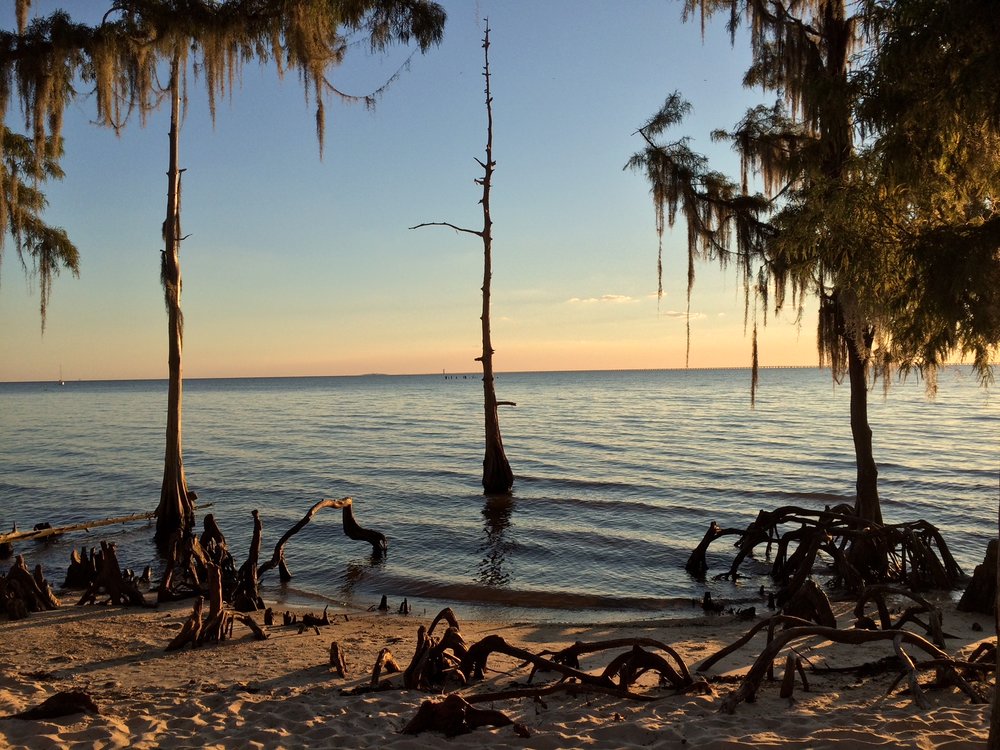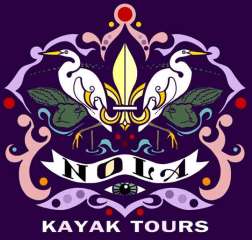Discovering the Mystique: A Journey Through the Swamps and Bayous of New Orleans

New Orleans, a city renowned for its vibrant culture and rich history, is also home to a network of enchanting swamps and bayous that add a touch of mystique to the region. Let’s embark on a comprehensive journey through these natural wonders, each with its own unique charm and ecological significance.
1. Bayou Bienvenue: A Gracious Welcome to Nature’s Beauty
Named by the French as “Bayou Bienvenue,” translating to “Bayou Welcome,” this watercourse serves as a gracious welcome mat for ships navigating from Lake Borgne to the heart of New Orleans. Its historical importance was notably underscored during the Battle of New Orleans in 1814, marking a pivotal moment in American history. Today, Bayou Bienvenue remains a haven for wildlife enthusiasts, offering glimpses of diverse flora and fauna.
2. Honey Island Swamp: Louisiana’s Hidden Gem
Nestled in the heart of St. Tammany Parish, the Honey Island Swamp is a hidden gem waiting to be explored. Renowned for its pristine wilderness and untouched beauty, this swamp is a haven for nature lovers. Venture into its murky waters, and you’ll encounter ancient cypress trees, alligators basking in the sun, and a symphony of bird calls that echo through the cypress forest.
3. Barataria Bay: Where Ecology Meets Rich Heritage
Barataria Bay, situated to the southwest of New Orleans, is a sprawling estuary that seamlessly blends ecological diversity with historical significance. Its marshes and waterways provide a habitat for an array of wildlife, from alligators to migratory birds. As you navigate its waters, you’ll find remnants of a bygone era, evoking the pirate Jean Lafitte’s exploits and the region’s rich maritime heritage.
4. Manchac Swamp: Nature’s Serenity Unveiled
Known as the “Swamp of the Ghosts,” Manchac Swamp offers a serene escape into the heart of nature. Spanish moss-draped cypress trees line the waterways, creating an ethereal ambiance. Legend has it that the ghost of Julie Brown, the infamous voodoo priestess, lingers in these waters. Explore the labyrinthine channels, and you might feel a connection to the mysterious spirits that are said to inhabit this enchanting swamp.
5. Maurepas Swamp: A Crucible of Biodiversity
Maurepas Swamp, located between Lake Maurepas and Lake Pontchartrain, is a crucible of biodiversity. Its lush wetlands provide a vital habitat for various species of fish, birds, and mammals. Take a leisurely boat ride through its waterways, and you’ll witness the intricate balance of nature as egrets wade in the shallows, and turtles bask in the Louisiana sun.
6. Lake Pontchartrain: The Mighty Waterbody
While not a swamp or bayou, Lake Pontchartrain deserves a mention for its sheer size and influence on the region’s ecology. This brackish lake, spanning over 600 square miles, not only shapes the landscape but also supports a diverse ecosystem. From recreational activities on its shores to the iconic Causeway Bridge spanning its waters, Lake Pontchartrain is an integral part of the New Orleans experience.
7. Lafitte Lagoon: A Tapestry of Marshlands
Named after the legendary pirate Jean Lafitte, Lafitte Lagoon is a tapestry of marshlands that showcases the delicate balance between land and water. It’s a prime spot for birdwatching, with herons, egrets, and roseate spoonbills gracing the skies. The lagoon’s proximity to the Gulf of Mexico adds an extra layer of ecological richness, making it a must-visit for those seeking a closer look at coastal Louisiana’s natural beauty.
8. Jean Lafitte National Historical Park and Preserve: Preserving History and Nature
This expansive park encompasses not only the Lafitte Lagoon but also a mosaic of ecosystems, from bottomland hardwood forests to swamps. As part of the National Park Service, Jean Lafitte National Historical Park and Preserve aims to preserve the region’s cultural and natural heritage. Visitors can explore the Barataria Preserve, where elevated boardwalks lead through the heart of the swamp, offering an immersive experience without disturbing the delicate ecosystem.
9. Braud and Gallagher Canal: Navigating the Waterways
As part of the intricate network of waterways around New Orleans, the Braud and Gallagher Canal plays a crucial role in facilitating navigation. Connecting Lake Pontchartrain to the Gulf Intracoastal Waterway, this canal is a lifeline for maritime traffic, providing access to the heart of the city. Its strategic importance in trade and transportation underscores the symbiotic relationship between water and urban life in New Orleans.
10. Chef Menteur Pass: A Natural Channel of Change
Chef Menteur Pass, located between Lake Pontchartrain and Lake Borgne, is a natural channel that has witnessed centuries of change. Its shifting sands and changing shorelines reflect the dynamic nature of the Louisiana coast. Explore its banks, and you’ll discover the resilience of coastal ecosystems, adapting to the ebb and flow of tides and the ever-changing landscape.
11. Bayou Sauvage National Wildlife Refuge: A Sanctuary for Wildlife
Stretching across eastern New Orleans, the Bayou Sauvage National Wildlife Refuge is a sprawling sanctuary for wildlife. Its marshes, lagoons, and bayous provide crucial breeding grounds for migratory birds, making it a paradise for birdwatchers. The refuge’s commitment to conservation and habitat restoration ensures that future generations can continue to marvel at the diverse array of species that call this refuge home.
12. Pearl River: Bordering Louisiana and Mississippi
While not exclusive to Louisiana, the Pearl River deserves mention for its role in shaping the region’s landscape. Bordering both Louisiana and Mississippi, this river and its associated wetlands contribute to the intricate web of waterways that define the Gulf Coast. From cypress swamps to bottomland hardwood forests, the Pearl River basin is a testament to the interconnectedness of ecosystems in the Deep South.
13. Lake Borgne: Where Saltwater Meets Freshwater
Situated to the east of New Orleans, Lake Borgne is a transitional zone where saltwater from the Gulf of Mexico meets freshwater from inland rivers. This brackish lake supports a rich diversity of marine life, making it a favorite among anglers. Its expansive waters also played a role in historical events, notably during the Battle of New Orleans in 1815.
14. Rigolets Pass: A Natural Connection
Rigolets Pass, connecting Lake Pontchartrain to Lake Borgne, serves as a natural connection between these two water bodies. Its strong tidal currents and changing salinity create a dynamic environment that influences the flora and fauna of the surrounding marshes. For boaters and nature enthusiasts, Rigolets Pass offers a gateway to explore the diverse ecosystems on either side.
15. Ponchartrain Basin: A Crucible of Coastal Ecology
The Ponchartrain Basin, encompassing Lake Ponchartrain and its surrounding watersheds, is a crucible of coastal ecology. Its marshes act as natural filters, providing a buffer against storm surges and supporting a variety of aquatic life. As urban development continues, conservation efforts in the Ponchartrain Basin become increasingly vital to maintaining the delicate balance between human activities and the preservation of natural habitats.
This comprehensive exploration merely scratches the surface of the intricate network of swamps and bayous around New Orleans. Each water body contributes to the region’s unique ecological tapestry, showcasing the delicate dance between nature and urban life. As you delve into the depths of these swamps and bayous, you’ll discover not only the wonders of the natural world but also the rich history and cultural significance that make New Orleans a truly captivating destination.
